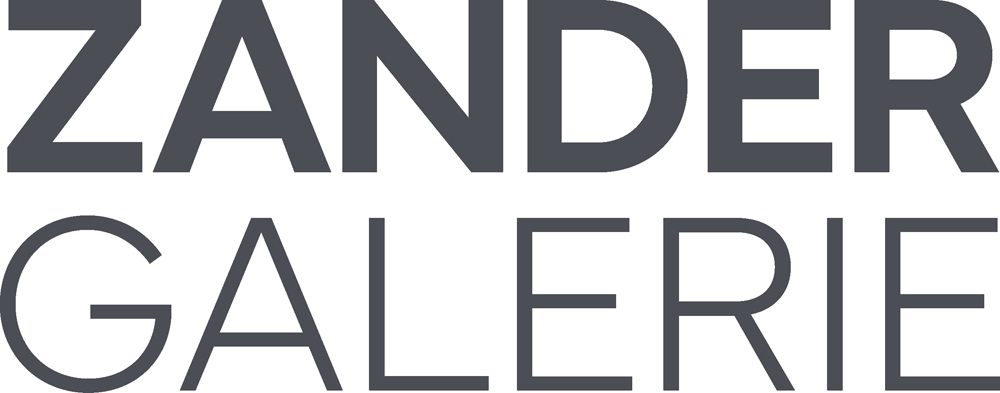Robert Adams
None
Info
Robert Adams is renowned for his acute observations of suburban American life in Colorado Springs and the greater Denver metropolitan area, where he lived as a teen, and then for more than thirty years until 1997. While teaching literature in the 1960s, Adams began to photograph the surrounding landscape and its historical architecture. By the end of the decade, he had turned his attention fully to recording the deleterious effects of rampant commercial and residential building in a landscape that Jack Kerouac once likened to “the promised land.” The photographs from Adams’s long-term survey of his adopted home would be published in the books The New West, Denver, What We Bought, Eden and Summer Nights, Walking, which are considered classics of photographic literature.
For Robert Adams, the buildings of Colorado—his home for more than 35 years—have been among the most prominent subjects of his diverse body of work. As early as 1964 he began to photograph the state’s indigenous architecture, in particular the religious structures erected in the late 19th and early 20th centuries by Hispanic and other, mostly immigrant, settlers. He viewed them with passionate regard, and with the belief that buildings, like art, can embody a culture’s aspirations and values.
Following a pivotal trip to Europe in 1968, Adams turned his attention decisively to Colorado’s new architecture. Although he decried the tract homes, highway overpasses, and other graceless examples of suburban infrastructure that were proliferating in the landscapes around Colorado Springs and Denver, he also knew he needed to “see the whole geography, natural and man-made, to experience a peace”—a peace exquisitely reconciled in his pictures through light and form. (Joshua Chuang)
Alongside Lewis Baltz, Bernd and Hilla Becher and others, Robert Adams participated in the seminal exhibition on New Topographics: Photographs of a Man-Altered Landscape in 1975, which announce a new paradigm for landscape photography. Robert Adams received the Hasselblad Award, as well as MacArthur, Guggenheim and National Endowment for the Arts fellowships. His works are in the collections of the Getty Museum in Los Angeles, Yale University Art Gallery, Museum of Modern Art, New York, Art Institute of Chicago, and Sprengel Museum, Hanover, among many others.
